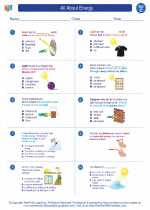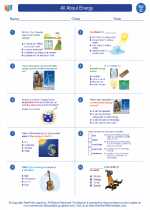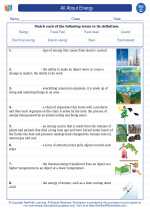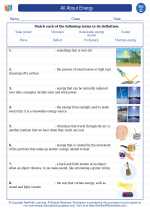Domains in Science
In science, the term "domain" refers to the highest level of classification for organizing and categorizing living organisms. Domains are used to group all living organisms based on their cellular structure and genetic makeup. There are three main domains: Archaea, Bacteria, and Eukarya.
Archaea Domain
The Archaea domain consists of single-celled microorganisms that are prokaryotic, which means they lack a cell nucleus and other membrane-bound organelles. They are often found in extreme environments such as hot springs, salt flats, and deep-sea hydrothermal vents. Some examples of Archaea include methanogens and extreme halophiles.
Bacteria Domain
The Bacteria domain also consists of single-celled microorganisms that are prokaryotic. They are found in various environments including soil, water, and living organisms. Bacteria play crucial roles in the environment, such as decomposing organic matter and nitrogen fixation. Examples of bacteria include Escherichia coli and Streptococcus.
Eukarya Domain
The Eukarya domain includes all eukaryotic organisms, which are characterized by having a true nucleus and membrane-bound organelles. This domain encompasses a wide range of organisms, including protists, fungi, plants, and animals. Eukaryotic organisms are found in diverse habitats and exhibit a wide variety of characteristics and behaviors.
Study Guide:
- What are the three main domains in science?
- Describe the characteristics of organisms in the Archaea domain.
- Give examples of organisms in the Bacteria domain.
- What are the defining characteristics of organisms in the Eukarya domain?
- Explain the significance of domains in classifying living organisms.
Understanding the concept of domains is essential for classifying and organizing the diversity of life on Earth. By studying domains, scientists can gain insights into the evolutionary relationships and ecological roles of different organisms.
.◂Science Worksheets and Study Guides Third Grade. All About Energy

 Worksheet/Answer key
Worksheet/Answer key
 Worksheet/Answer key
Worksheet/Answer key
 Worksheet/Answer key
Worksheet/Answer key
 Worksheet/Answer key
Worksheet/Answer key
 Worksheet/Answer key
Worksheet/Answer key
 Worksheet/Answer key
Worksheet/Answer key
 Vocabulary/Answer key
Vocabulary/Answer key
 Vocabulary/Answer key
Vocabulary/Answer key
 Vocabulary/Answer key
Vocabulary/Answer key
 Vocabulary/Answer key
Vocabulary/Answer key
